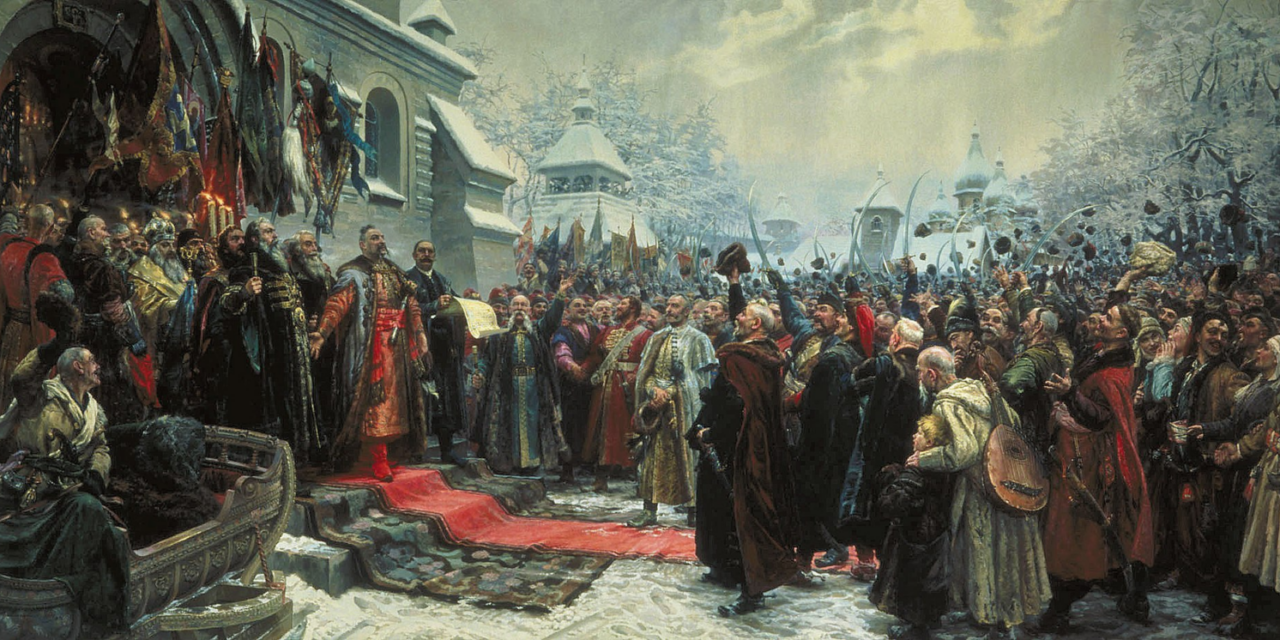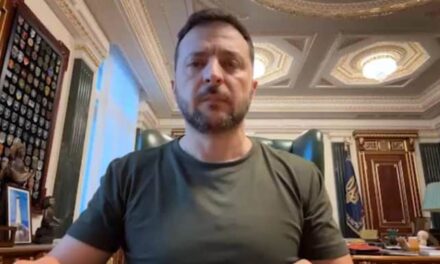The narrative surrounding the Pereiaslav Agreements of 1654 has profound significance in the context of Russian-Ukrainian history and contemporary geopolitics. This complex and multifaceted history illustrates how historical events can be interpreted and manipulated to serve political aims, as seen in the differing perspectives of Russia and Ukraine regarding the events and their aftermath.
Historical Context
Initially, the Pereiaslav Agreement emerged out of Ukraine’s desperate circumstances. After achieving a semblance of independence from the Polish-Lithuanian Commonwealth through the Cossack uprising led by Bohdan Khmelnytskyi in 1648, Ukraine sought a powerful ally to protect its newfound statehood. This led to the alliance with Muscovy, which, at face value, appeared to offer military support and political recognition of the Cossack Hetmanate.
Despite this, the perceived alliance quickly unraveled. Muscovy’s actions in the following years demonstrated a clear pattern of betrayal, characterized by a series of renegotiations that eroded Ukrainian autonomy. By the end of the 17th century, the once-promised protections had devolved into colonial control, culminating in significant territorial divisions with Poland and the eventual abolition of the Hetmanate in 1764.
Creation of a Historical Myth
The lack of a formalized document from the Pereiaslav Council allowed for varying historical interpretations, particularly during the Soviet Union’s era. The Soviet narrative evolved dramatically over time, with early depictions condemning the agreement as the beginning of colonial rule. However, as the USSR consolidated power, the narrative shifted towards portraying the agreement as a benevolent “reunification,” which justified further imperial expansion.
This reinterpretation served larger goals of Soviet nationalism, suggesting an inseparable bond between Russians and Ukrainians based on shared history, religion, and culture—elements seen as justifications for Soviet dominion over Ukraine and other former Soviet states. By promoting the idea of “fraternal nations,” the Kremlin sought to erase the realities of Ukrainian sovereignty and the historical grievances rooted in colonization.
In contemporary times, Putin’s reference to the Pereiaslav Agreements echoes these earlier narratives, framing historical alliances as precedents for current territorial claims. His rhetoric consistently minimizes or outright ignores Ukrainian agency, positing a vision where Ukraine’s prosperity and identity are seen as tied to Russian leadership, thus undermining Ukraine’s legitimate aspirations for self-determination.
Ongoing Implications
The invocation of the Pereiaslav Agreements in modern political discourse underlines the enduring nature of historical narratives as tools of national identity construction and justification for territorial claims. Putin’s ideology, which melds historical interpretation with religious underpinnings, encapsulates a broader strategy of asserting influence over Ukraine and maintaining control through a narrative framework that casts Moscow as both a protector and rightful sovereign over Ukrainian lands.
The way the Pereiaslav Agreement has been mythologized serves as a cautionary tale about the power of historical narratives to shape national identities and foreign policy. Conflicts stemming from such differing interpretations not only affect bilateral relations but also have broader ramifications for regional stability, national sovereignty, and international law.
As the situation continues to evolve, understanding the historical context and the manipulation of narratives will be crucial in addressing the complexities of Russian-Ukrainian relations and the ongoing conflict.
Читайте більше за посиланням EuroMaidan Press










